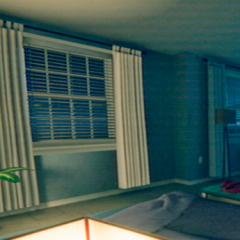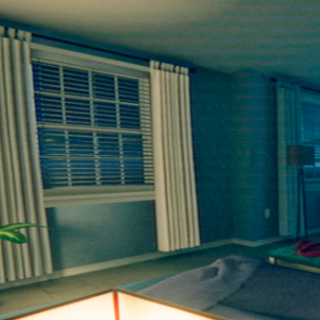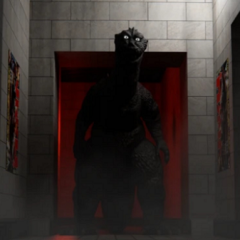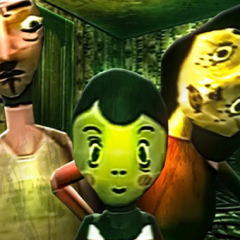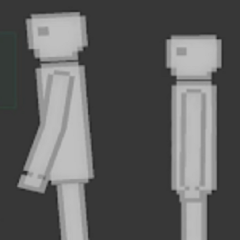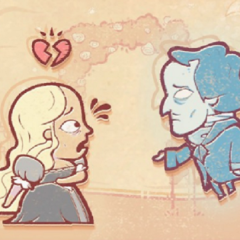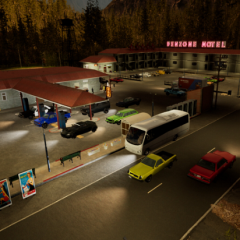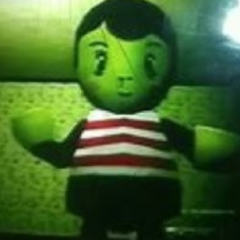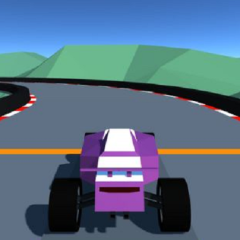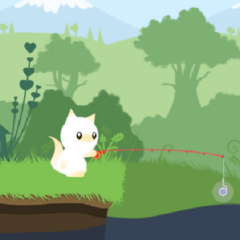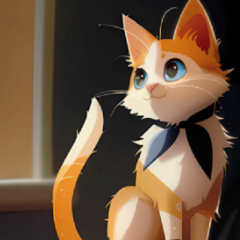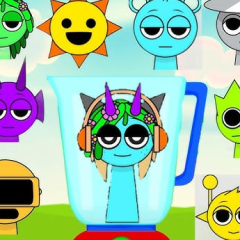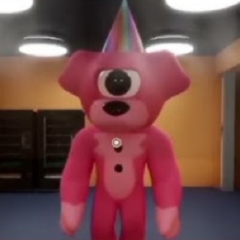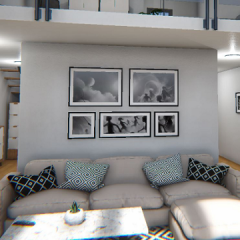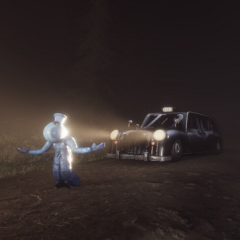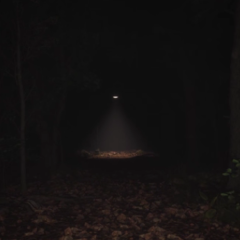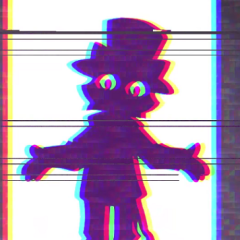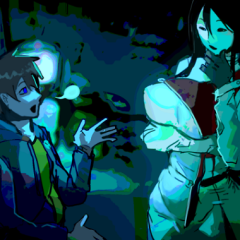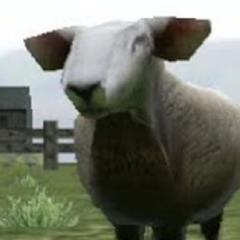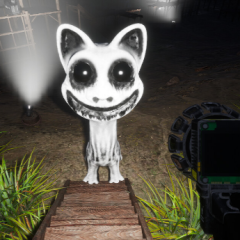The Boiled One introduces players to a closed environment filled with disturbing imagery and unclear rules. Set across several in-game nights, the experience revolves around observation, timing, and understanding patterns that reveal themselves slowly. The game avoids loud scares and instead focuses on building a continuous sense of pressure, where silence and isolation become central mechanics. From the first night, the sense that something is wrong becomes clear, but what exactly is watching remains hidden.
Unfolding Structure And Hidden Logic
Each night plays out like a puzzle with changing rules. The player must move through dim hallways, interact with flickering devices, and inspect rooms that may shift their layout. The game does not hold your hand — instead, clues are scattered throughout, waiting to be connected by those who notice patterns. Solving puzzles may trigger new sounds, open sealed doors, or unleash visual anomalies, pushing the player deeper into the setting’s layered reality. Exploration is rewarded but also comes with risk.
Tools, Reactions, And Strategy
Players are equipped with a limited set of tools that can be used to explore and survive. Every interaction may carry consequences, as some actions increase attention from the entity known as the Boiled One. To stay alive and make progress, players must rely on:
· Flashlight or alternative light source with limited power
· Timed switches and locked drawers containing fragments of narrative
· A vague audio guidance system, distorted by static
· Clues hidden in environmental details like posters, monitors, or symbols
· A door monitoring mechanic that grows more complex each night
Mastering the use of these tools becomes vital as the game introduces more threats and less margin for error.
Growing Presence Of The Boiled One
As time progresses, the presence of the Boiled One begins to manifest more directly. Early on, it is only hinted at through sound or the occasional disruption, but later nights bring brief glimpses and altered room states. The game uses subtle changes—objects moving slightly, screens displaying unfamiliar faces, or audio loops that never quite repeat the same way—to keep the player unsure of reality. The more you survive, the more the world seems to decay around you, as if the Boiled One is not chasing, but rewriting everything you see.
A Minimalist Horror Experience
The Boiled One succeeds by doing less. There is no inventory system clutter, no constant music, and few visible enemies. Instead, the player becomes part of a broken world where their only option is to adapt. The horror comes from suggestion and repetition, from doors that open when they shouldn’t and eyes that appear where no one stands. Each decision to push forward carries tension, because no one tells you what the right choice is—or if one even exists.

